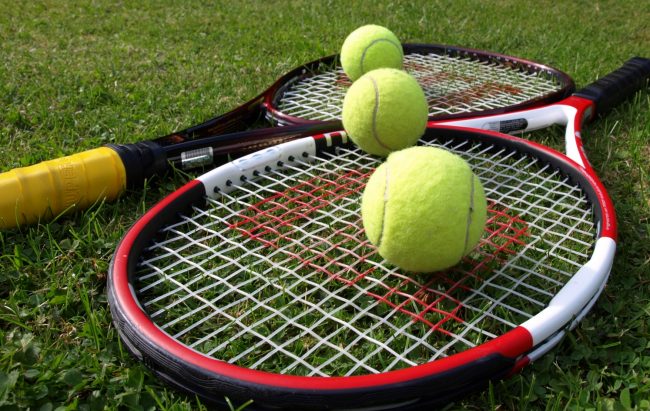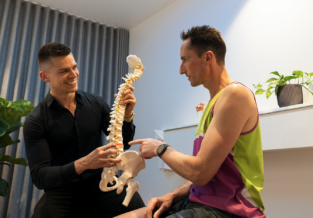Keeping The Sting From Your Swing: Preventing And Managing Tennis-related Injuries
Published on
13 Jan 2015

Call us on: (03) 9975 4133
In anticipation of the Australian Open arriving in Melbourne next week, the team at Pure Physio make a timely comment on managing and preventing tennis-related injuries. If you do suffer an injury, or want to improve your game, our Physiotherapists will work on your technique, mobility, control and strength so you can master your game and get back on the court as quickly as possible.
January heralds the arrival of the Australian Open to Melbourne, and as tennis mania sweeps the country and inspires many to dust the cobwebs off their racquets, our clinics also see an influx of tennis-related injuries.
The most common injuries sustained in tennis are to the ankle, knee and hip, which arise from the constant pivoting and sudden changes of direction, often performed on a hard court surface. Moreover, the high repetition and velocity of the racquet swing makes repetitive-overuse injuries to the upper limb peripheral joints also prevalent. Overhead strokes performed repeatedly when serving and smashing can lead to irritation around the shoulder joint with tendon, muscular, bursa and joint surfaces all potentially contributing. Elbow and wrist tendon injuries, like ‘tennis elbow’ are also common due to the long lever applied to a group of relatively small muscles.
How can your physio help?
Managing and treating injuries like those described above requires a good understanding of which components have been affected, so that any structural components can be addressed. The mechanics of the individual player, and their individual technique, must be assessed to understand how and why the injury occurred and to prevent recurrence.
Pure Physio’s Cathy James notes that when playing tennis, “the biomechanical chain starting at the pelvis and trunk should work in conjunction with the shoulder blade to provide a stable base for the upper limb to move from. This allows for both stability and maximum power production to make the player efficient and ensure that individual joints aren’t being overused and overloaded”.
Individual factors such as racquet grip, type of spin applied and technique such as single or double-handed shots must all be taken into account. Strength and available range of motion at each joint must be considered and the individual’s technique should reflect this.
Our physiotherapists will will work on your technique, mobility, control and strength, in conjunction with coaches and trainers where applicable, so you can master your game and get back on the court as quickly as possible.


